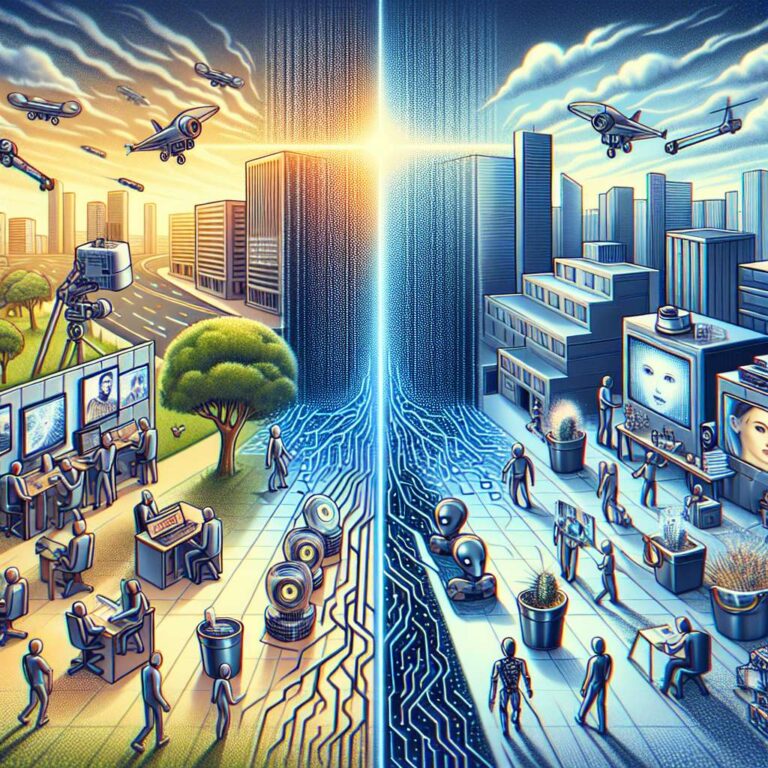The debut of Meta’s Vibes and OpenAI’s Sora 2 has thrust professional online creators into the latest collision with Artificial Intelligence. These new Artificial Intelligence video feeds are weird, social, and suddenly very popular, rewarding conversation and engagement while replacing painstaking human production with simple prompt-driven generation. That shift has prompted fresh doubts about the already narrow slice of people who truly make a living from the so-called creator economy.
Some industry observers think creators are vulnerable. Ari Paparo, founder of Marketecture Media, suggested on a TWiT podcast that creators could be among the first to be wiped out by Artificial Intelligence. Yet the likely impact is more nuanced. A core reason audiences tune in is to experience something authentic that has not been filtered through layers of approvals. Artificial Intelligence media is inherently inauthentic, which makes it a poor substitute for many creator-led formats. The rise of Artificial Intelligence slop may even push audiences to seek out more human-produced work.
Creators also deliver new information, insights, and perspectives that Artificial Intelligence struggles to originate. Today’s systems tend to remix the past rather than invent new concepts, and every Artificial Intelligence video still begins with a human prompt. If a prompt-driven video resonates, there is a creator behind it, even if that person never appears on camera. That dynamic limits how fully Artificial Intelligence can replace creator-driven programming.
There are, however, clear pockets of risk. Fashion models appear exposed as Artificial Intelligence gets better at generating photorealistic people, and the audience connection to many models is largely surface level. Brand spokespeople may also be displaced as agencies use Artificial Intelligence to generate compelling, human-like characters who deliver lines with polish. Some of this is already happening. While that will not fully replace collaborations with creators who command engaged followings, it can cut into their business.
The broader media industry may face the greatest threat. As Artificial Intelligence videos proliferate, effortless creation could flood feeds to the point that media is overwhelmed, a kind of DDoS effect that erodes the value of everything in circulation. It is not an imminent scenario, but it is the one worth watching as Artificial Intelligence content ramps up.

